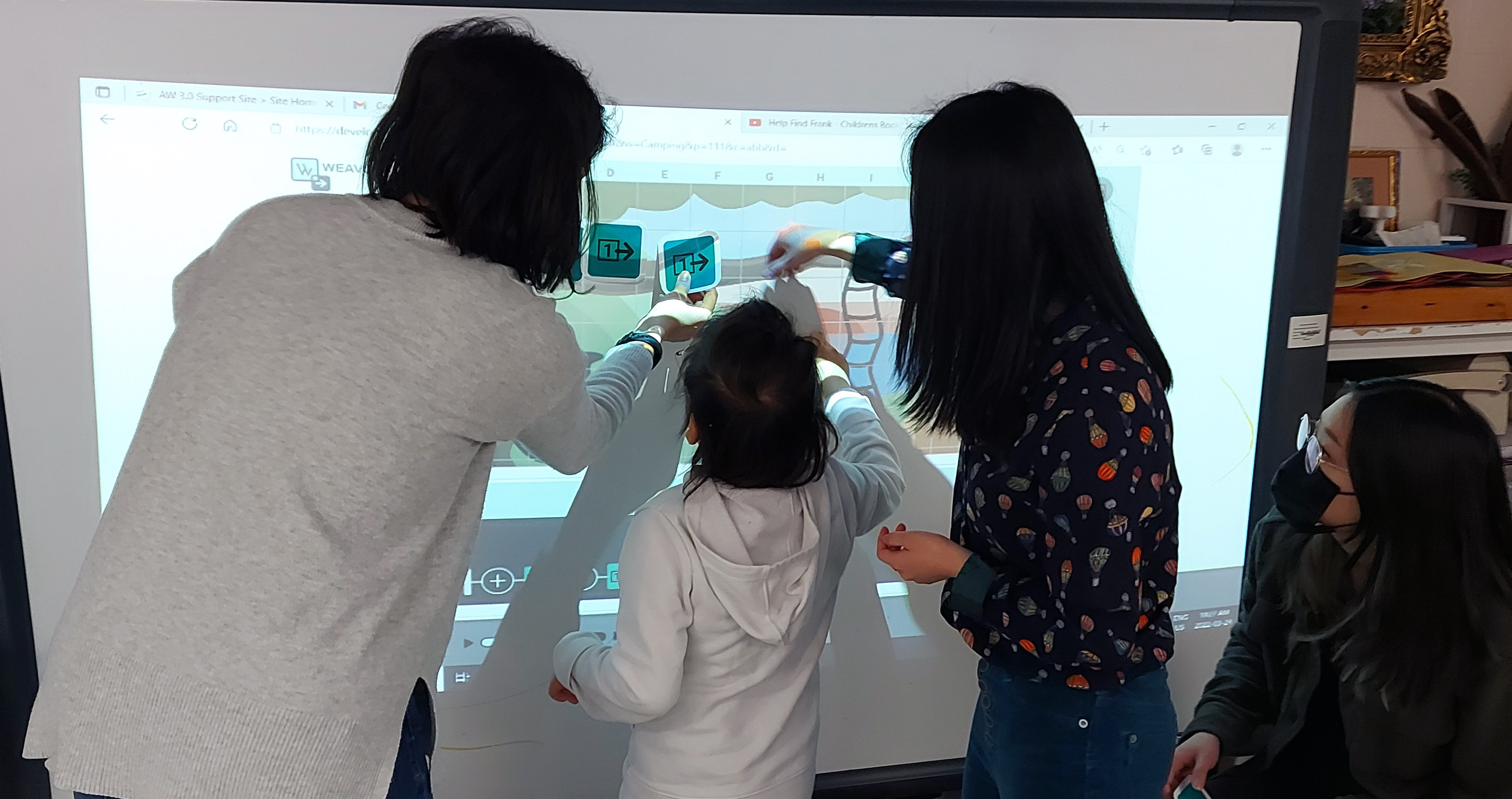Creating your team
Overview
In co-design workshops with children, having the right people in the room is crucial for success. This includes facilitators for engagement, a documentation team for insights, and parents or caregivers for support. However, it’s important to balance the number of adults to avoid making children feel observed or controlled. Suggestions include minimizing new adults, encouraging multitasking, and involving familiar facilitators to provide support while maintaining a comfortable environment for the children.
Description
Running a co-design workshop with kids often requires multiple people to be involved. Considering who else should be in the room is crucial to create a comfortable and inclusive space for the children. Here are a few different groups that you may need to be present to run a successful collaborative session with children with disabilities:
Facilitators: Depending on the number of children and their abilities, it may be necessary to have multiple facilitators available to engage each child during generative activities and idea-sharing. It’s usually helpful to have one facilitator per 2-3 children.
Documentation Team: Including individuals to take notes, take photos or videos, record the session, and document kids’ general experiences and interactions during the session is essential for capturing valuable insights.
Parents and Caregivers: Parents, guardians, teachers, or personal assistants may already be present during the sessions, providing essential support and comfort to the children.
It’s essential to consider the balance of power dynamics in the room. Sometimes, the presence of too many adults can make the children feel observed and controlled, inhibiting their natural expression and participation.
Suggestions
Minimize new adults
Encourage your team to multi-task to minimize the number of people needed for an activity, for example you can take notes while leading the session. Or set up a camera in a corner to record the session with no further involvement from the facilitators.
Include familiar facilitators
When multiple facilitators are needed, ensure that the children are already familiar with them through prior interactions. Whenever possible, involve teachers, caregivers, or parents in the facilitation process. Their presence can offer support, allowing facilitators to take a step back, document the session, and provide additional assistance to the participants.
Example

The Weavly project spanned over several years, involving diverse teams in each phase. Despite the different phases, our team arrangement remained consistent. We consistently included teachers and caregivers, crucial for supporting facilitators in various aspects—offering examples, clarifications, aiding students in self-regulation, and supporting them to complete activities.
Typically, our team included two or three members, a main facilitator and a support facilitator with a group of 3-5 children. With larger groups, we usually included more facilitators to ensure all children can have one on one time with our team. The main facilitator provided instructions, and everyone engaged with students to assist them in completing activities. We usually captured the session’s progress with a few photos and ensured to photograph all the work created in the classroom at the end.
Sometimes when we worked with a student who was relying on the use of assistive devices such as switches or joy stick, we tried to only have one participant at a time, the main facilitator, the care giver and the teacher to offer one on one attention to the student throughout the session.
To improve coordination, we found creating a facilitation plan before each session helpful. This plan was shared with teachers beforehand for additional feedback and to ensure everyone is aware of the plan and proposed activities. The facilitation plan functioned as a flexible roadmap. It helped us stay on track with our goals during the session, but we didn’t have to follow it exactly.